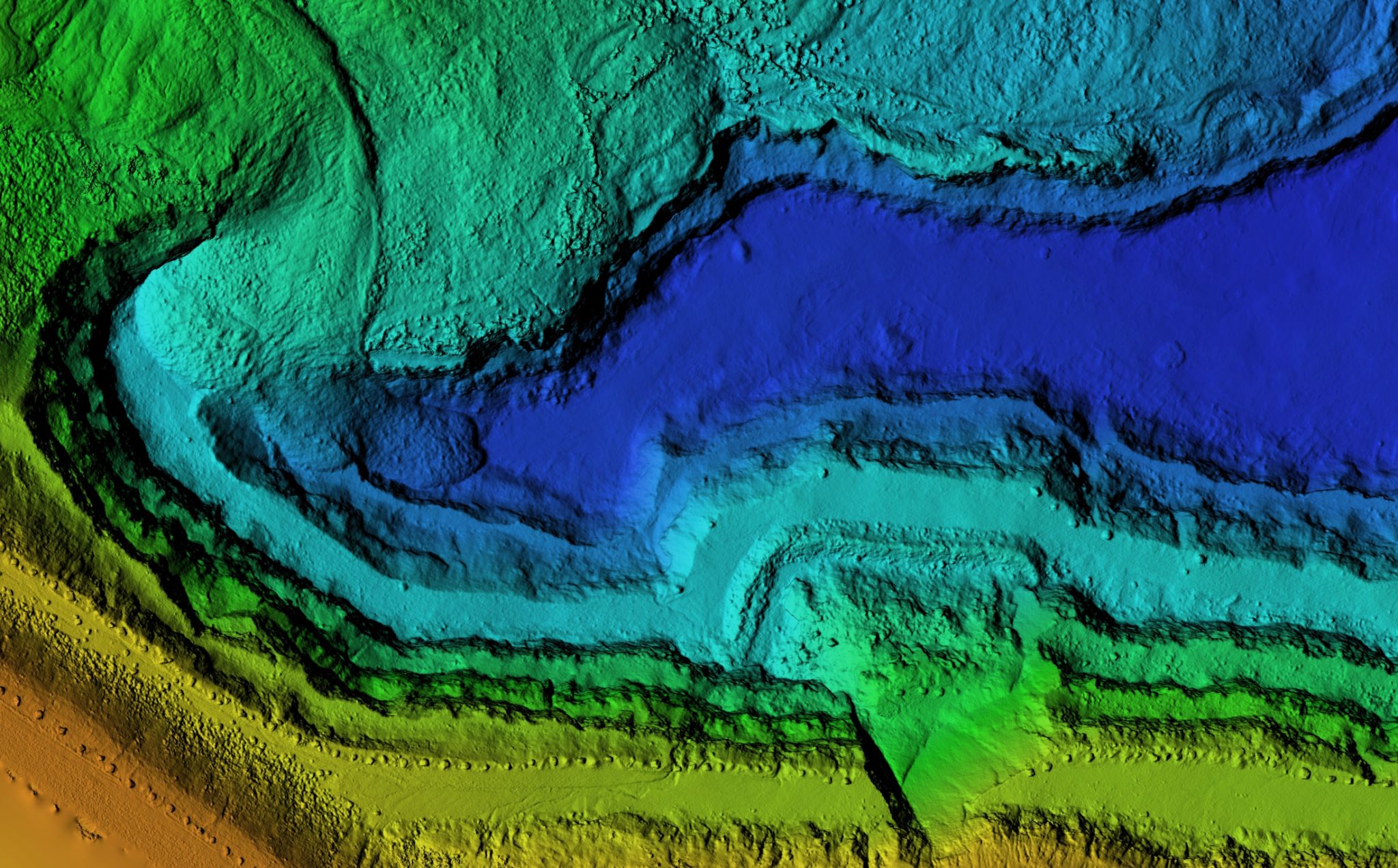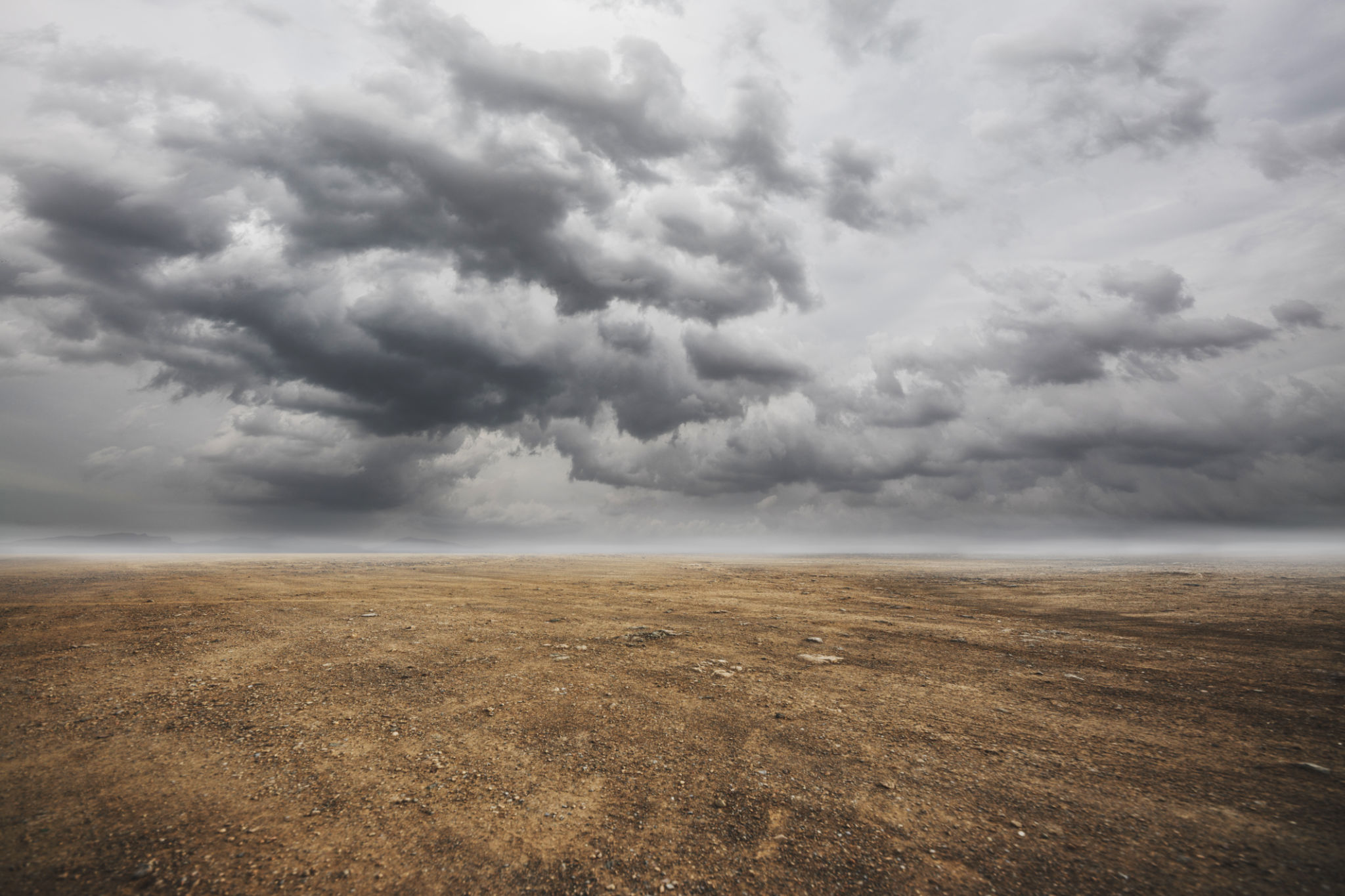Comprehensive Guide to Geological Prospecting Services in Mwinilunga
Introduction to Geological Prospecting in Mwinilunga
Mwinilunga, a district in the North-Western Province of Zambia, is gaining attention for its rich mineral resources. Geological prospecting services in this region are crucial for identifying and evaluating these resources, paving the way for sustainable mining operations. This guide provides a comprehensive overview of geological prospecting services available in Mwinilunga, highlighting the methodologies and technologies used to explore this promising area.

The Importance of Geological Prospecting
Geological prospecting is the first step in the mining process, providing critical information about the availability and quality of mineral deposits. It involves a range of activities, from surveying and sampling to advanced geophysical and geochemical analyses. In Mwinilunga, prospecting services aim to uncover valuable resources such as copper, gold, and other minerals, contributing to economic growth and development.
Investors and mining companies rely on accurate geological data to make informed decisions. This data helps determine whether a mining project is feasible and guides the development of extraction strategies that minimize environmental impact. The comprehensive nature of prospecting ensures that operations are both profitable and sustainable.
Methods and Technologies in Use
Modern geological prospecting employs a variety of methods and technologies to locate and evaluate mineral deposits. These include:
- Geophysical Surveys: These non-invasive techniques measure variations in the Earth's physical properties to identify potential mineral-bearing areas.
- Geochemical Analysis: Soil and rock samples are analyzed to detect trace amounts of minerals, providing clues about subsurface deposits.
- Remote Sensing: Satellite imagery and aerial surveys offer a bird's-eye view of the landscape, helping to map geological features.

Field Surveys and Sampling
Field surveys and sampling are integral components of geological prospecting. Geologists conduct detailed examinations of the landscape, collecting samples from various locations. These samples are then analyzed in laboratories to determine mineral content and distribution. Accurate fieldwork lays the groundwork for successful exploration and eventual extraction.
The challenging terrain of Mwinilunga requires innovative approaches to field surveys. Local expertise combined with cutting-edge technology ensures that prospecting activities are both efficient and effective.
Challenges in Geological Prospecting
Despite the potential rewards, geological prospecting in Mwinilunga is not without its challenges. The region's remote location, coupled with dense vegetation and varied topography, can hinder access and complicate survey efforts. Additionally, seasonal weather patterns may affect fieldwork schedules, requiring flexibility and adaptability from prospecting teams.

To overcome these obstacles, companies must invest in robust logistical support and maintain strong partnerships with local communities. Engaging with stakeholders ensures that operations proceed smoothly while respecting environmental and cultural considerations.
The Future of Prospecting in Mwinilunga
As interest in Mwinilunga's mineral wealth grows, so too does the need for advanced prospecting services. The integration of artificial intelligence and machine learning into geological surveys holds promise for more accurate predictions and efficient resource management. Continued investment in technology will enhance our understanding of the region's geology, unlocking further opportunities for exploration.
Moreover, sustainable practices will be essential in ensuring that mining activities benefit local communities while preserving natural ecosystems. By prioritizing responsible stewardship of resources, Mwinilunga can become a model for successful mineral exploration and development.
